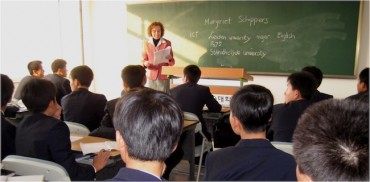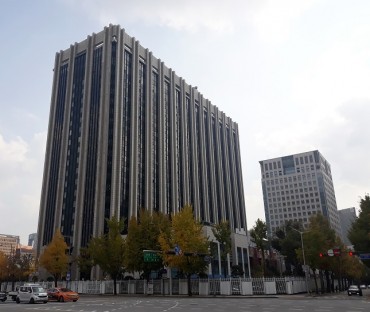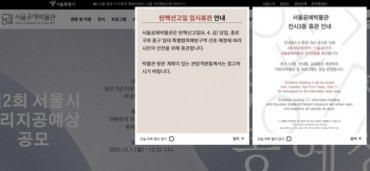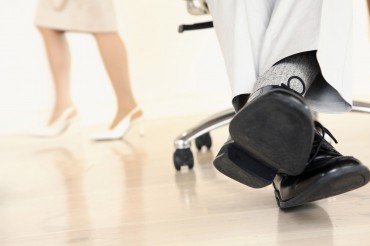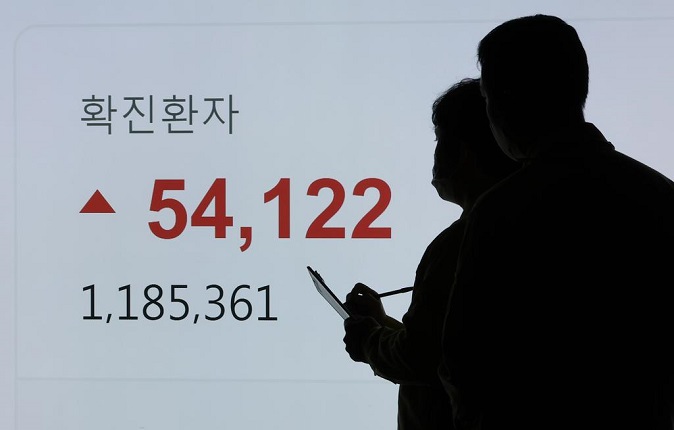
A monitor at Songpa ward office in Seoul shows the numbers of new and cumulative COVID-19 cases on Feb. 10, 2022. It was the first time the daily figure surpassed 50,000. (Yonhap)
SEOUL, Feb. 10 (Korea Bizwire) — South Korea began easing monitoring and quarantine measures for COVID-19 patients with mild symptoms on Thursday to focus its medical resources on high-risk patients as new cases hit another high of over 50,000 due to the fast spread of the omicron variant.
On Thursday, the country reported 54,122 new COVID-19 infections, including 54,034 local cases, raising the total to 1,185,361, according to the Korea Disease Control and Prevention Agency (KDCA).
It marked the first time that the daily tally exceeded the 50,000 level. The previous daily record high was 49,567 recorded Wednesday.
The daily caseload surged to over 30,000 for the first time Saturday, just three days after breaking the 20,000 mark, and stayed between 30,000 and 40,000 for four days in a row.
As of 9 p.m., health authorities and local governments had reported 49,721 new cases, up 1,284 from the same time the previous day and marking a new record for the time.
Since daily cases are counted until midnight, the tally to be announced the following morning is likely to exceed 50,000 again.
New infections have soared by nearly fourfold over the past two weeks over the omicron variant, which accounted for more than 92 percent of the total cases reported last week.
The health authorities have warned that the figure could reach 170,000 by around the end of this month, though it is too early to say if it will be the peak of the omicron surge.
The death toll from COVID-19 came to 6,963, up 20 from Wednesday. The fatality rate was 0.59 percent, the KDCA said.
The number of critically ill COVID-19 patients was 282, down three from a day earlier, the KDCA said.
At-home patients rose sharply to over 174,177, as more people have shown mild or no symptoms due to the omicron variant, according to the KDCA.
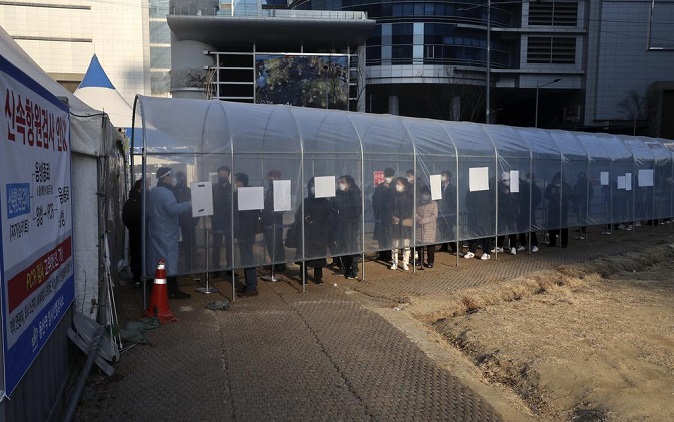
People wait in line for coronavirus tests at a pop-up screening clinic in front of Yongsan Station in Seoul on Feb. 10, 2022. South Korea’s daily COVID-19 infections rose sharply to hit another high of over 50,000 amid the fast spread of the highly transmissible omicron variant across the nation. (Yonhap)
The public health agency decided to make daily checkup calls only to high-risk patients in a move to alleviate the workload of health workers and government officials, and to better deal with the current pandemic trends.
Starting earlier in the day, checkup calls are made to COVID-19 patients in their 60s and older, citizens in their 50s and with underlying health issues, and other high-risk groups, such as those with a compromised immune system.
Medical kits, such as oxygen saturation measurement devices, are now distributed only to high-risk virus carriers. The products were previously available to all patients treating themselves at home.
Low-risk patients are left to monitor their conditions by themselves and contact local hospitals if they worsen.
The authorities, however, said low-risk virus carriers will be guided to be either treated at or transferred to hospitals once their oxygen saturation level falls below 94 percent.
As of Thursday, 28.73 million people, or 56 percent of the country’s 52 million population, had received booster shots. The number of fully vaccinated people came to 44.17 million people, accounting for 86.1 percent.
Starting next Wednesday, the COVID-19 vaccine by U.S.-based biotechnology company Novavax Inc. will be administered to high-risk people and members of the general population for the first time. The product will also be used for booster shots.
The Novavax vaccine became available in South Korea after being manufactured at home by local vaccine developer SK Bioscience Co. following the government’s authorization of its use last month.
(Yonhap)



